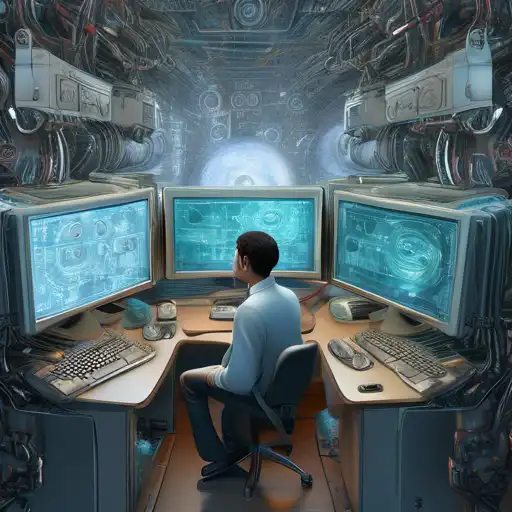Introduction to Computer Vision
Computer vision is a field of artificial intelligence that trains computers to interpret and understand the visual world. By leveraging digital images from cameras and videos and deep learning models, machines can accurately identify and classify objects — and then react to what they "see."
The Science Behind Computer Vision
At its core, computer vision involves the automatic extraction, analysis, and understanding of useful information from a single image or a sequence of images. It involves the development of a theoretical and algorithmic basis to achieve automatic visual understanding.
Key Technologies Powering Computer Vision
- Deep Learning and Neural Networks
- Image Processing Techniques
- Pattern Recognition
- 3D Reconstruction
Applications of Computer Vision
Computer vision technology is being used in a variety of industries, from healthcare to automotive, to improve efficiency and outcomes. Here are some of the most impactful applications:
- Healthcare: From diagnosing diseases with medical imaging to assisting in surgeries.
- Retail: Enhancing customer experience through cashier-less stores and personalized shopping.
- Automotive: Powering self-driving cars to navigate safely without human intervention.
- Security: Enabling facial recognition systems for enhanced security measures.
Challenges in Computer Vision
Despite its advancements, computer vision faces several challenges, including the need for large datasets for training, understanding context, and dealing with variations in lighting, angle, or occlusion in images.
The Future of Computer Vision
The future of computer vision is incredibly promising, with ongoing research focusing on improving accuracy, efficiency, and the ability to understand more complex scenes. As technology advances, we can expect computer vision to become even more integrated into our daily lives, transforming industries and creating new possibilities.
For more insights into how artificial intelligence is changing the world, check out our article on The AI Revolution.
Conclusion
Computer vision is a transformative technology that enables machines to see and interpret the world around them. With its wide range of applications and ongoing advancements, it holds the potential to revolutionize how we live and work. As we continue to explore the capabilities of computer vision, the possibilities are limitless.
